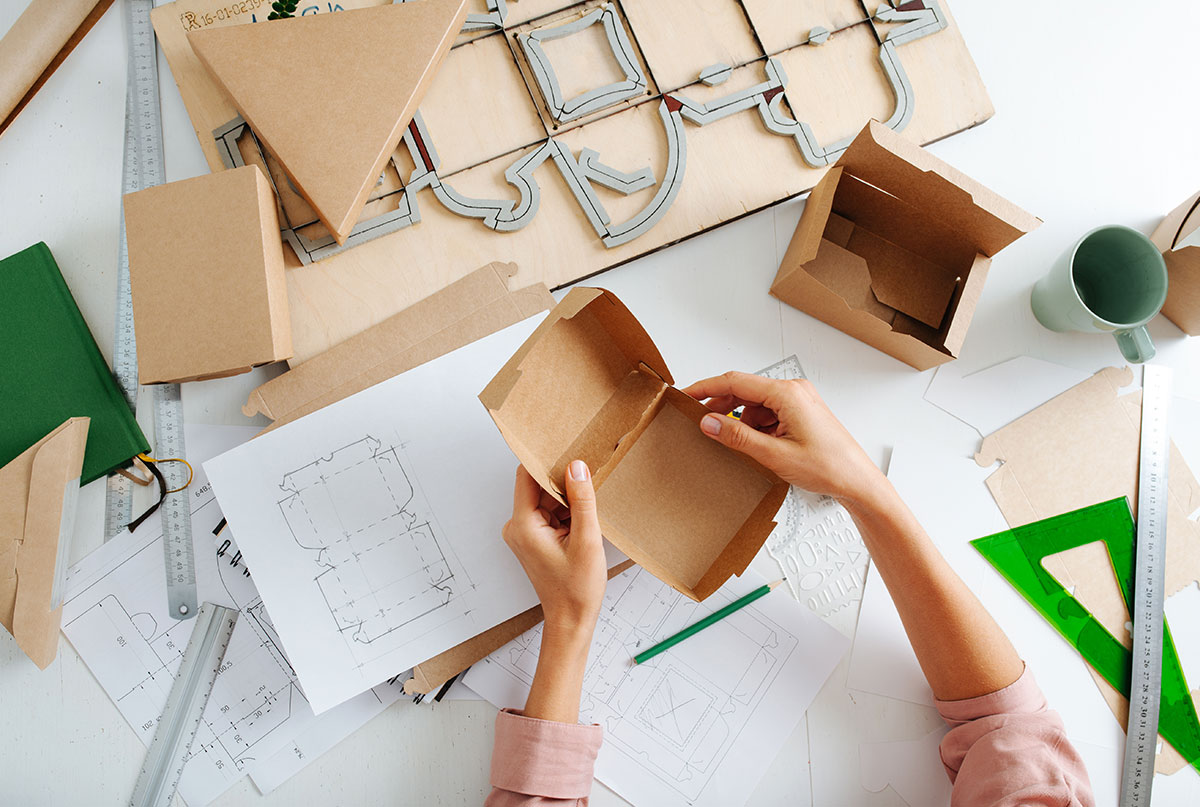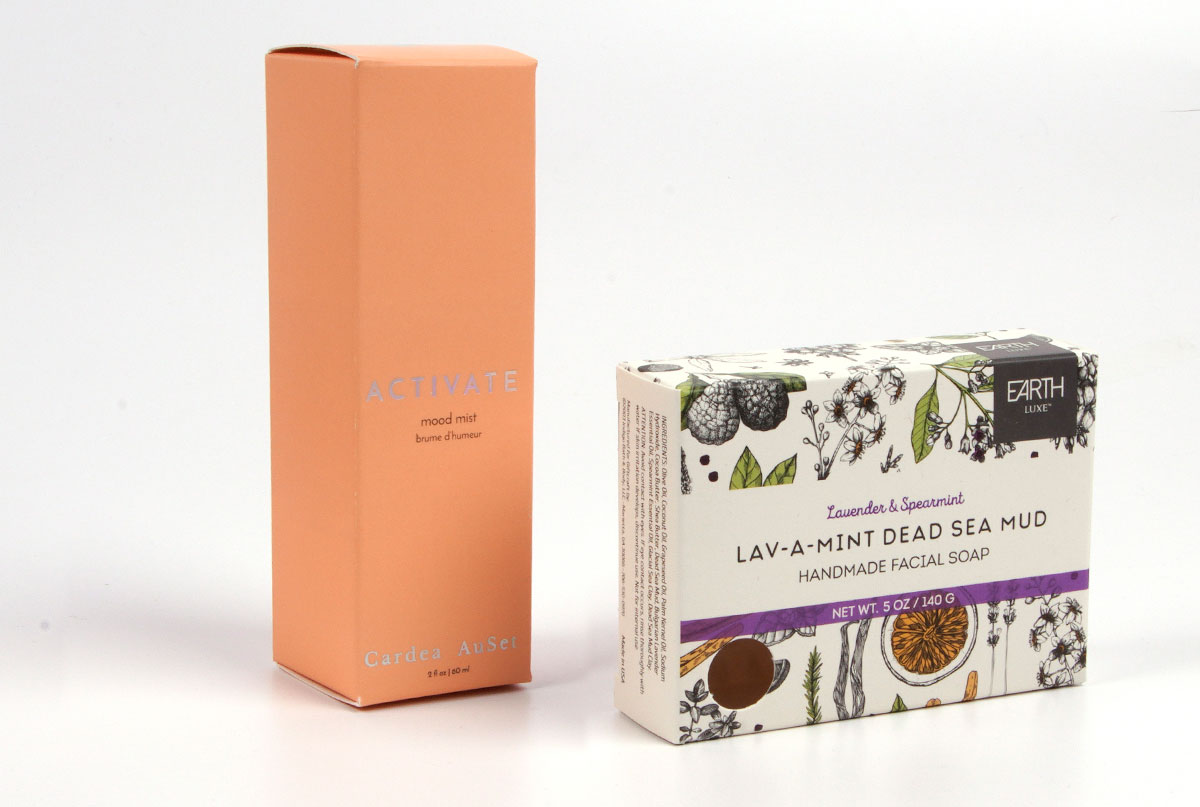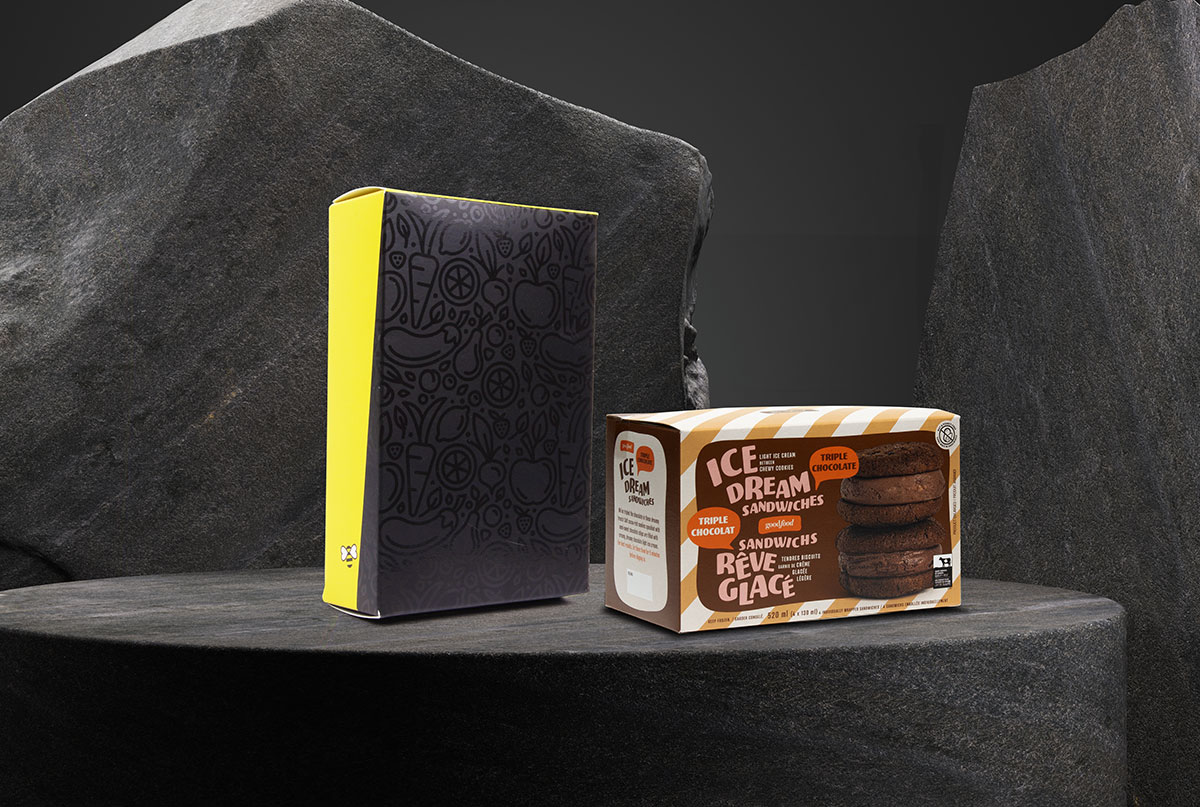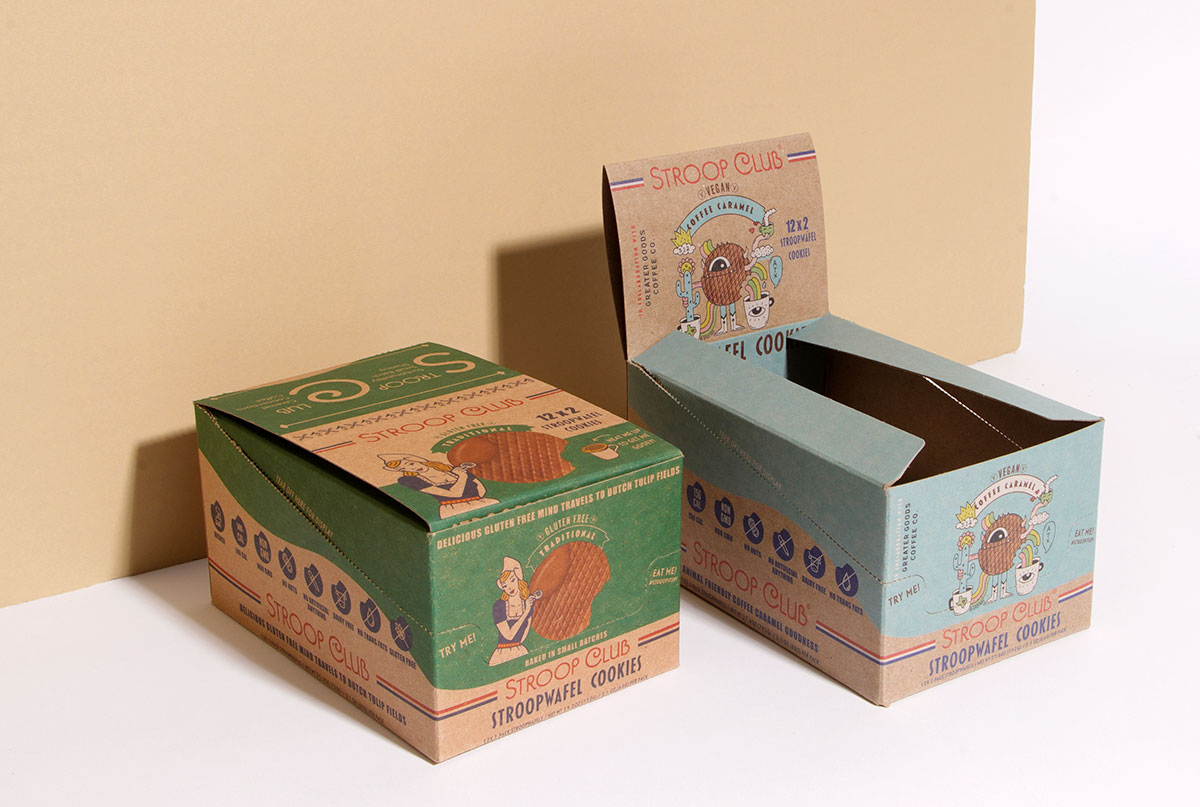Artificial intelligence (AI) has had wide-reaching impacts on nearly every industry, including packaging. Take a closer look at how AI has influenced packaging design. Then, decide if you want to start using artificial intelligence when designing your product packaging.
AI in Packaging
Before using AI in packaging design, it’s worth noting that design is not the only area of product packaging it has influenced. It also affects packaging creation, production, and so on, as seen in how AI interacts with your packaging along the supply chain. But this article will focus mainly on AI for designing product packaging.
The Alt Planets Experiment
One great example of how AI is increasingly used in packaging design comes from the Alt Planets experiment by Studio Blackthorns’ founder Ludovic Mornand. The project was entirely run by AI, including the packaging design. The AI created packaging for a fake beverage brand, a non-alcoholic canned beverage to be specific.
Mornand used the AI Hypnogram.xyz to create high-end illustrations to use as art in the packaging design. He used another AI, Rytr, to create the branding, marketing, and advertising copy on the packaging. Overall, Mornand says that AI completed 80% of the project, while humans did the remaining 20%. The AI even did the 3D rendering and chose typefaces.
What This Tells Us About AI’s Ability to Design Packaging
This experiment showed that AI is ready to create packaging designs in part. The humans involved had to make only minimal changes to the copy and editing.
In other words, we can’t fully rely on artificial intelligence to design packaging just yet. But AI can do a significant amount of the work behind the scenes.
Other Uses of AI in Product Packaging
As mentioned, design is far from the only part of the product packaging journey where AI is involved. Here are a few other potential (and current) uses of AI in packaging.
Inspection
Artificial intelligence is being used to check packages for damage, reducing the rate of shipment damage. In a test with Amazon packages, it reduced the damage by 24%, while also reducing shipping costs by 5%.
Labeling Dates
AI also has applications in ensuring that products are labeled with the proper dates. This is crucial for passing inspections and appealing to customers. Tesco, for example, is already using barcodes with data from OAL to ensure accuracy.
Prototypes
AI should soon be able to create 3D prototypes of your product packaging. This saves time during the design process, giving you a head start in developing packaging that fits your needs.
Recycling
At the end of the life of your product packaging, it will hopefully be recycled. AMP Robotics introduced the robot Cortex. Its AI uses its optical sensors to sort and pick up materials, even identifying materials it hasn’t seen before.
RFID Tags and QR Codes
There are plenty of ways for RFID tags and QR codes to be used with AI and packaging, including the prevention of counterfeits by tracking the supply chain. Some experts also predict smart features that will use these codes on groceries and similar items so customers know when to reorder.
Conclusion
For now, humans still handle most aspects of product packaging design. In the future, however, you can expect to see more influences from artificial intelligence as technology advances and more smart features are developed.




